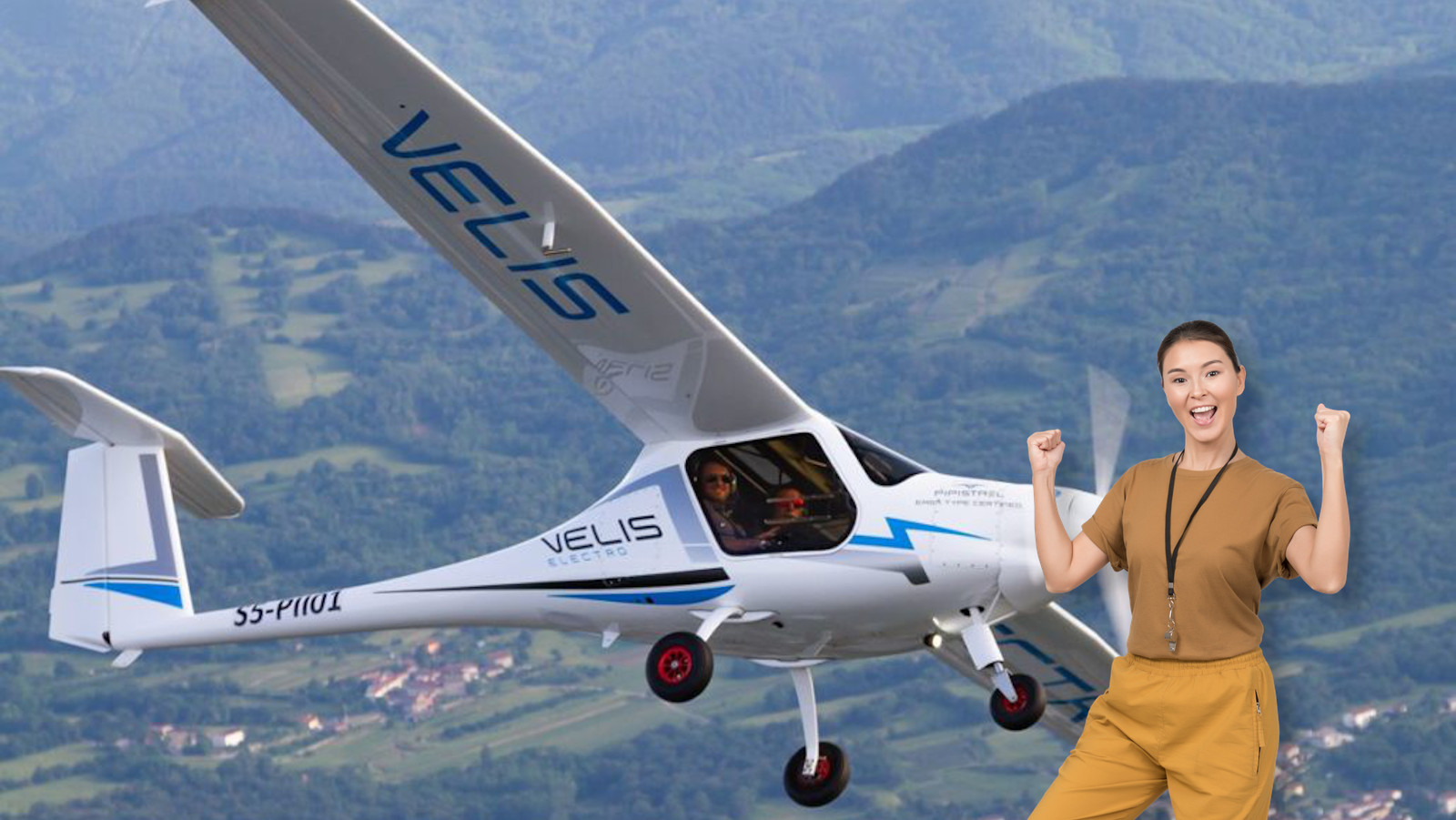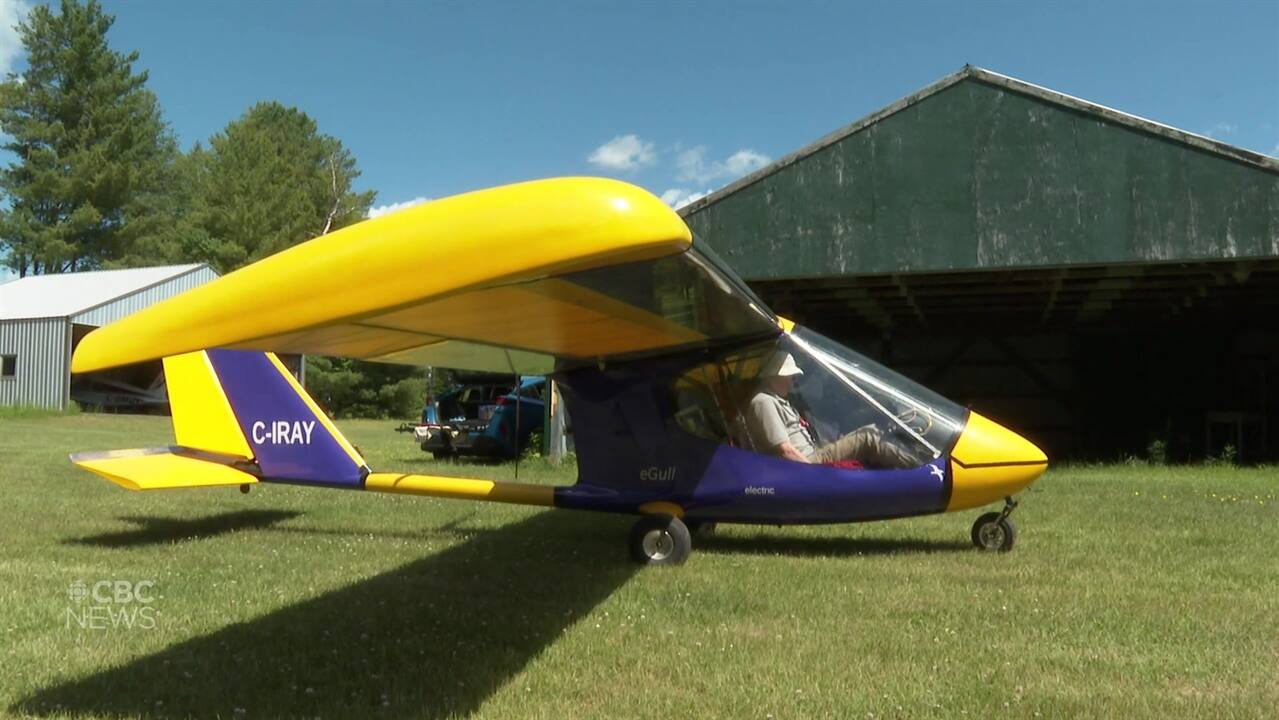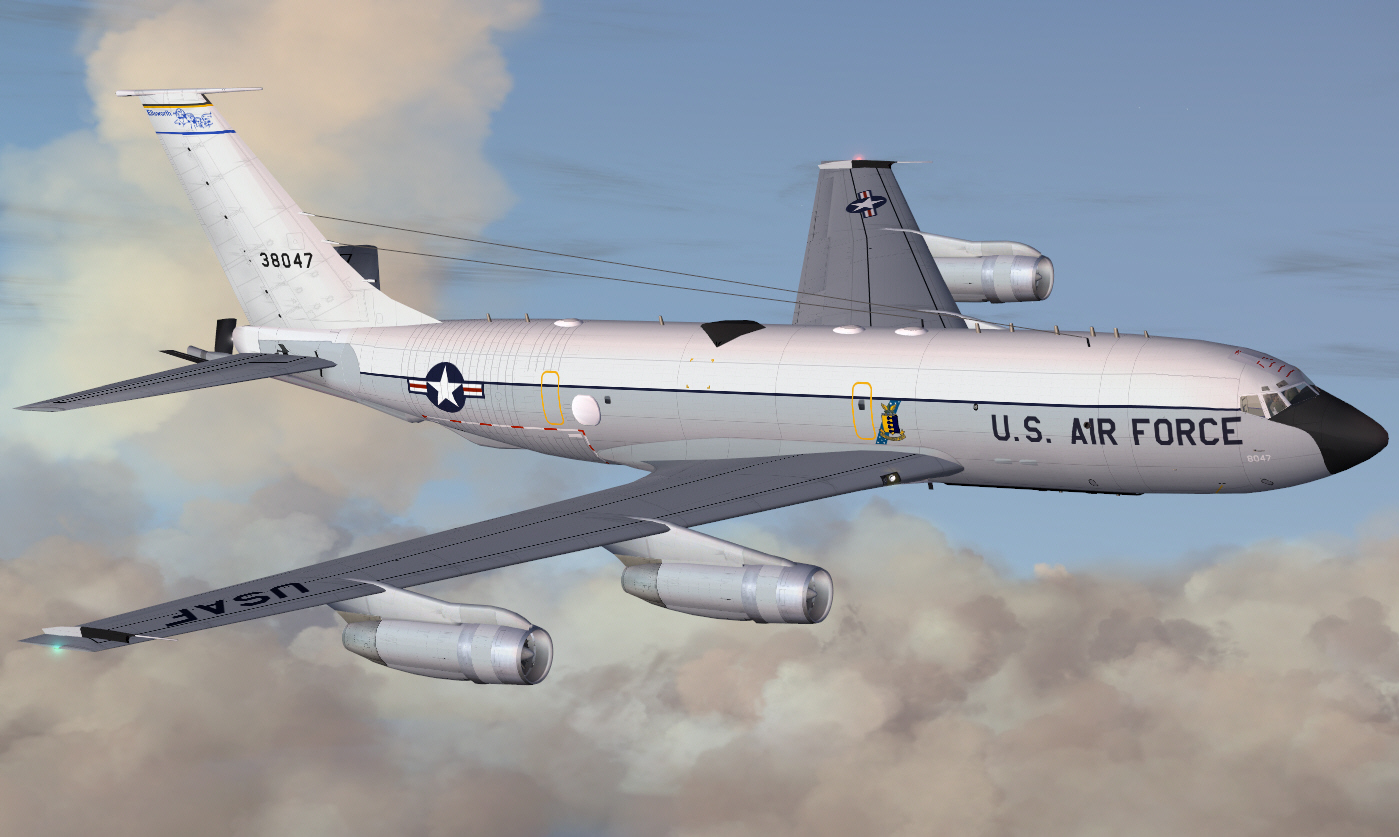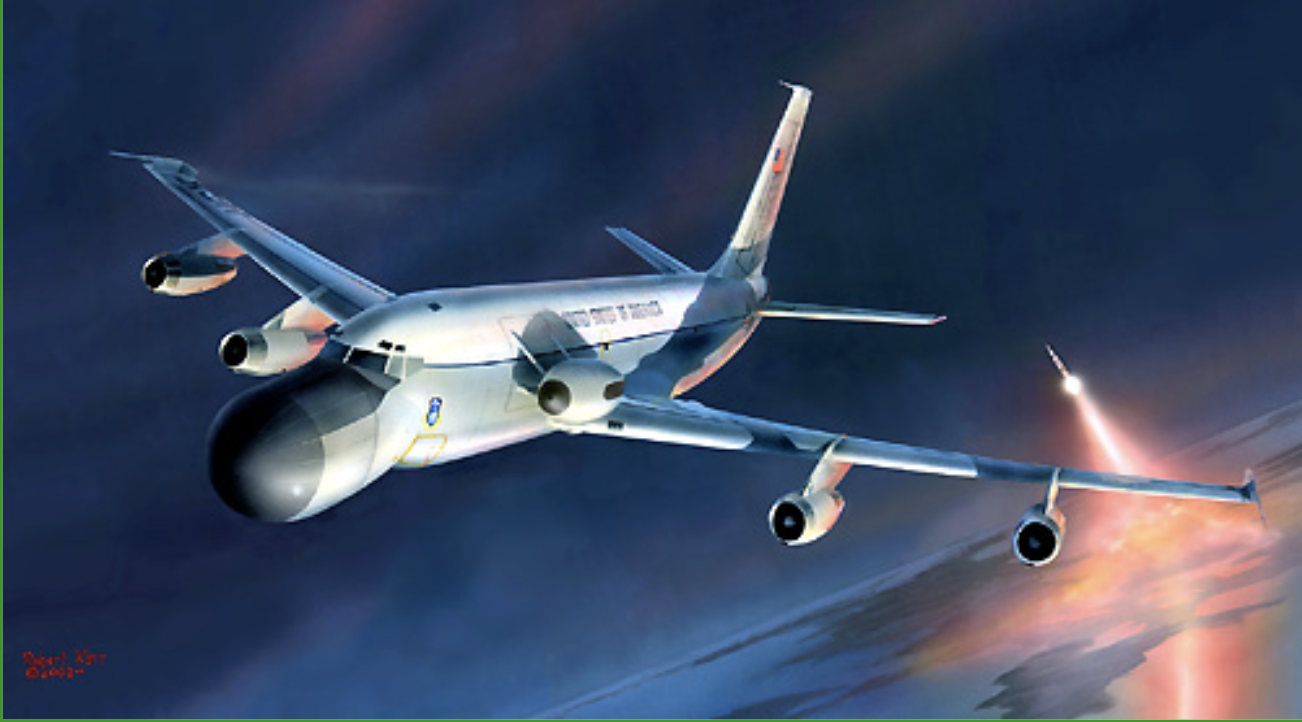Electric Ultralight Aircraft Motor - It might. This answer shows two graphs from a now dead link, from my article that concluded that a 20 hp electric motor does a better job at powering a hydraulic pump than a 50 hp combustion motor.
Our flight testing so far has shown that if you do a full power take off, reduce power and climb to 700 feet or so, then set your power to have a cruise speed of 40-45 MPH, you will be able to fly a maximum
Electric Ultralight Aircraft Motor

of approximately 40 minutes with 4 batteries. If you want to increase your cruise speed, the total flight duration decreases accordingly. If you intend to do repetitive take offs and landings in the pattern, total available flight time will also decrease, as will the consumption
New Ultralight Design Incorporating Electric Propulsion
of battery power is disproportionately higher during take off and climb (you do not normally need full power to climb). Brian had on display both a single and a two seat version of the EMG 6, with the single seat to be used as a legal part 103 ultralight.
As an ultralight, the EMG 6 requires no license, medical or registration. The two seat EMG will be licensed as an experimental aircraft and it is envisioned that it will be used for training. A number of propulsion packages will be offered in both electric and gasoline powered versions.
Your subscription includes Rotax 582, and HKS aircraft engine rebuilding videos, which are EACH nearly 2 hours in length! PLUS hundreds and hundreds and hundreds of web video interviews with designers, manufactures, builders, and suppliers of ultralight light and light sport aircraft parts and accessories.
Ephi continues, "All the parts are modeled accurately, so parts can be outsourced and manufactured based on drawings we quickly create from the 3D models. I also use Solid Edge to ensure all clearances are good.
Reliable Power Source Opens Opportunities For Soaring
For example, verifying the clearance of the propeller from the ground, keel, and the flex wing support wires. And ensuring the glider's control bar has complete freedom of movement to maneuver the aircraft." Vladimir and Ephi Blanshey are a father-son team who see an opportunity for using an electric propulsion system to radically improve the experience of ultralight flying.

Blanshey Aviation is combining Vladimir's practical experience that he gained in building a gyroplane, with Ephi's self-taught skills in using Solid Edge to design a new type of flex wing ultralight that incorporates an electrical propulsion system.
The rattle of an internal combustion engine will be replaced by a quiet hum! Another unique aspect of their design is that the pilot will be in a prone position, superman style. This contrasts to the typical seated position that Ephi describes as "Like flying an office chair!"
One final comment from Ephi: "One of the interesting possibilities of using an electric motor instead of an internal combustion engine is because it is such a reliable power source, you can turn it off during flight and soar unaided when the opportunity allows, much like
Using Solid Edge To Design The Carriage
a hang glider.” This sounds like a great idea to me. My main sport is sailing and as a sailor I know that one of the best moments is when you turn off the engine. You may need an engine to maneuver out of the harbor, but once out onto the lake or ocean, you lose the engine and use the sails.
The noise, vibration and fumes are gone, replaced by the quiet sigh of the wind through the rigging. Ultralight Aircraft Magazine - Electric Aircraft - EMG 6 electric ultralight motorglider. Dan Johnson talks to Brian Carpenter about the EMG 6 part 103 legal ultralight electric motor glider.
Brian and his wife Carol have teamed together with a number of companies including Quicksilver Aircraft to bring the EMG 6 electric ultralight motor glider to market. According to Brian, the aircraft can be built from plans or built from a number of different kits.
The EMG-6 electric motor glider is an FAR part 103 legal ultralight, Adventure Aircraft has developed the EMG-6 with folding wings. The design incorporates match drilled skins and CNC manufactured components. Currently the EMG 6 is using model airplane technology for battery and propulsion.

Blanshey Aviation And The Solid Edge Startup Program
The model aircraft technology was chosen because of its worldwide marketing scope which has brought forward innovative ideas in both electric motors and batteries. Ephi's background is in programming and web development, and he says he is self-taught in areas like mechanical design and 3D printing.
He searched online for CAD software for startups and came across the Solid Edge for Startups Program. After applying for the program and installing Solid Edge, Ephi taught himself 3D CAD and asked questions on the Solid Edge user forum where he was able to get answers quickly to specific questions he had.
Also, extremely important to include glide ratio as a measure of thrust requirement for your airframe. Generally, peak thrust requirement will be around 2x Vbg drag. An electric motor should give you more, but endurance will be another major concern.
Ephi comments on how he is befitting from using Solid Edge: "I particularly like using synchronous technology. It's like the system keeps in mind your original design intent as you progress through a project. I can make changes directly to my geometry without breaking a history tree.
Calculating The Center Of Gravity
I tried other 3D software that claimed to have direct editing, but it was very primitive when compared to Solid Edge.” A new Experimental Amateur Built (EAB) two seater is now taking shape and both variations were on exhibit at AirVenture 2014 in the newly named Fun Fly Zone (formerly Ultralight Area).
EMG's spark is provided by the dynamic duo of Brian and Carol Carpenter of Rainbow Aviation, well known for their LSA maintenance courses including the LSR-M (Light-Sport Repairman Maintenance) credential that has prepared many mechanics to do serious work on the growing fleet
of LSA. EMG builder Adventure Aircraft is a subsidiary of Rainbow. Evidently this hard working pair aren't fond of wasting many hours with something as mundane as sleep because the project is unfolding quite swiftly. In the future, Ephi is interested in using the rendering capability in Solid Edge to create photorealistic images of the ultralight for presentation to potential investors, and eventually for marketing to customers.

He is also interested in using Simcenter FLOEFD for Solid Edge to model airflow around the ultralight and specifically the propeller. The controller has a continuous power rating of ~25kW and a peak power rating of ~30kW.
Controller voltage is 72 Volts DC nominal. The controller has over and under voltage protections as well motor and controller thermal limit protections. The controller can also be connected to a display or app to view EFIS type information.
On a nice summer day, you may hear a loud buzzing in the air, and you eventually identify the source of the noise as an ultralight aircraft slowly making its way across the sky. Of course, ultralights are a great way to get airborne at a relatively low cost, but if the noise can be annoying on the ground, it must spoil the flight for the pilot to have the noise, vibration, and fumes of an internal combustion engine
along for the ride. The first question everyone wants to ask is How long will it fly on a full charge? The answer to that question is a bit convoluted, as duration is directly related to HOW you will
fly the aircraft. The short answer is approximately 10 minutes per battery 4 batteries will give you about 40 minutes of conservative flight time, 3 batteries will give you approximately 30 minutes, etc. You must have a minimum of 2 batteries for flight.
Each battery is supplied with its own 110 volt charger. The way the system is wired, you can also plug one charger into any of the batteries in the aircraft, and the single charger will charge all batteries at the same time
with that. Chargers shut themselves off automatically when the battery (or batteries) are fully charged. Other fast charging options are also available (providing charging times of less than 2 hours total). Ephi says, "The Solid Edge Startup program has been really important for us.

Right now, we are working on the concept design of our ultralight. We have limited capital at this stage, so the availability of comprehensive product development software at zero cost has been very beneficial for us.
When we move closer to the manufacturing stage, we see ourselves moving to a commercial subscription or perpetual license of Solid Edge." So, please be aware there is no direct conversion and both gas and electric have their virtues.
It may be possible to keep the gas with an electric booster. This would enable a much smaller gas engine. Another approach would be the "diesel-electric", using a gas motor simply as a generator, greatly reducing battery size.
Another key capability of Solid Edge is accurate calculation of the center of gravity of the carriage as Ephi explains: "The main component of an ultralight trike is referred to as the carriage. This is the assembly that hangs underneath the wing from a single teeter bolt.
This component is affectionately referred to in the trike community as the "Jesus bolt" because your life depends on it! The carriage has three wheels used for takeoff and landing, the bed for the pilot, and the propulsion system.”
Being able to accurately calculate the center of gravity of the trike using Solid Edge is very important. "If I move the location of the battery pack in the trike, I can see very quickly the impact on the center of gravity," says Ephi.
The Aerolite EV-103 uses the very popular, proven and well designed Aerolite airframe, with very slight factory modifications to accommodate the installation of the battery tray. The Aerolite EV-103 is available as a complete fast-build kit or completely

assembled and ready to fly aircraft, just like all of ours gasoline powered models. In addition, all existing current production Aeorlite aircraft can be converted to electric propulsion if the owner so desires. The standard system uses a sensorless brushless PMAC (Permanent
Magnet Alternating Current) motor, an advanced motor controller with temp sensing and configurable displays, and ruggedized batteries with BMS. It offers ~20kW continuous and up to 25kW peak power and 5.2kWh of energy. The entire drive system weighs about 30 lbs.
Each battery weighs just under 36 lbs. If you use 2 batteries the complete system (controller, cables, and throttle) weighs 101 pounds. With 3 batteries the complete system is 137 pounds and with 4 batteries it is 173 pounds.
Each battery uses a total of 240 Samsung 30Q cells. These are configured in 20 cells in series to get the 72v and then 12 series strings in parallel to achieve the desired capacity. The battery is managed by a
BMS with over and under voltage and temperature limits. The battery is fully potted in a weatherproof poly-urea compound which makes it extremely tough and durable. These batteries should provide more than 500 cycles at >80%
original capacity in normal flight profiles. Ultralight Aircraft Magazine - Welcome to the Ultralight Aircraft News our goal is to cover as many aircraft expositions that host aircraft described as ultralight aircraft, light sport aircraft, experimental light sport aircraft, amateur built aircraft, ELSA or homebuilt aircraft that fit into the definition of
ultralight aircraft in Canada or light sport aircraft, or experimental amateur built light sport aircraft in the United States. These include three axis control aircraft, weight shift control aircraft, more commonly known as trikes, powered parachutes, helicopters, gyrocopters and powered para-gliders that meet the light sport or ultralight aircraft definition. Airshows and aircraft expositions that we cover include, the Deland
Sport Aviation Showcase, U.S. Sport Aviation Expo, Deland Sport Aviation Showcase, E.A.A.'s Sun N Fun, E.A.A.'s Airventure, the Midwest LSA Show, Copperstate, UPAC Convention and Aero Friedrichshafen in Germany. We try to regularly attend regional shows like the Arlington Fly-In, and Rocky Mountain Fly-In.
electric ultralight aircraft power package, electric motors for aircraft, electric ultralight aircraft for sale, electric aircraft motor for sale, large electric motors for airplanes, electric ultralights for sale, lightweight electric motors for aircraft, electric ultralight aircraft kits




